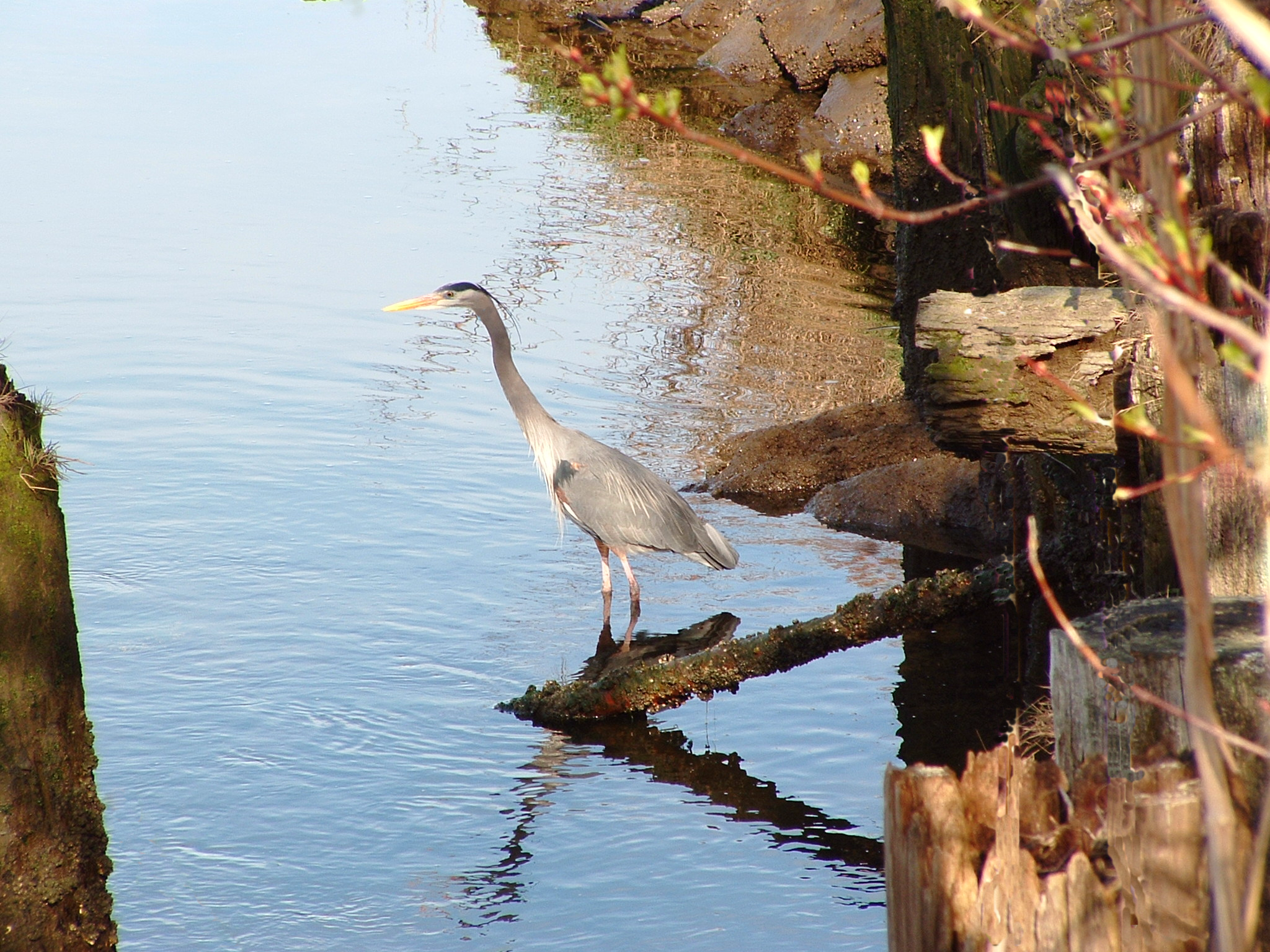
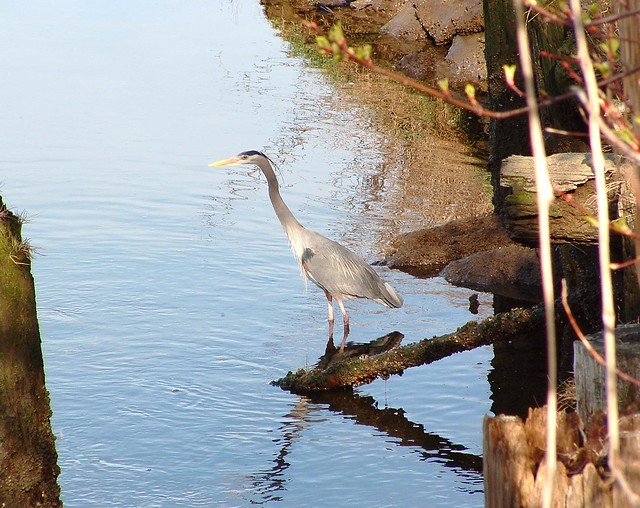
My favorite picture of a GBH taken in the Padden Creek estuary within a quarter mile of the Heronry. This was taken a few years ago in early spring, about now.
The Great Blue Heron is found in all parts of North and Central America. Although many areas like to claim them as their own, residents of Puget Sound and the Salish Sea in particular, feel a strong affinity for these statuesque creatures. To most locals, they are right up there with eagles and gulls as being part of our “native” landscape and part of our ecosystem. While not endangered at this time, they are considered a species of Interest.
As is probably of true a large number of heronries and their habitats around the country, our local ones have been encroached upon by development, polluted by industry, and degraded by loss of habitat. We have four such heronries in Whatcom County (the far northwestern corner of Washington State), and all have required preservation and reparation efforts to keep them viable. Recently significant restoration efforts have been taken locally and the Great Blue Heron (GBH) seems to be holding its own. This diary shows our local GBHs from one heronry that has survived in spite of habitat loss and industrial encroachment to within 30 yards of its closest nesting trees.
The industrial encroachment was the expansion of the city’s sewage and waste water treatment facility located at the edge of a stand of alder and fir trees near the bay that hosts the heronry.
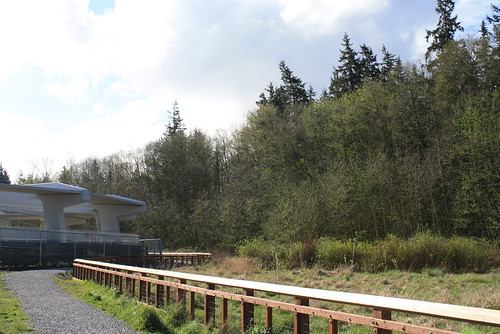
The sewage plant is to the left, the dog trail and fence are in the foreground, and the heronry is in the trees to the right.
The nests are also less than 50 yards from a Burlington Northern & Santa Fe train track that hauls coal and crude oil trains north day and night. Further, the adjacent estuaries which are the herons’ fishing holes, lay between the heronry and the train tracks. They have been polluted and diminished in size. The good news is that the estuaries are also in process of being restored.
The heronry is called the Post (Poe’s) Point Heronry and is known to many on the south side of town, especially dog owners as the path to the “off-leash dog park” borders the sewage plant on one side and skirts within thirty yards of the nesting trees. Fortunately there is now a fence to keep the dogs and people on the path.
Local monitoring of the heronry during the construction of the sewage plant in 2013 recorded 16 nests during the active construction time. Today I can easily count 14 and there may well be several more tucked away in the fir trees that I can not see from the path.
My photos of this heronry are from the end of March when records suggest that some of the nests should contain eggs and indeed there are often two herons at many of the nests. One, presumably the male periodically flies off and returns with some nice twigs that the female then expertly weaves into the nest. The fact that some nest building is going on suggests that some are still getting set up while others are well into the incubating process in which the parents trade off sitting on the eggs.
Below is a sequence of a male bringing branches back to the nest.
Here are few photos of them standing by the nest, awaiting their turn? I don’t know if they are male or female.
Each nest will hold three to five pale, greenish-blue eggs that will hatch after 25 to 29 days of incubation. We should see or hear some new activity by the end of April. They typically fledge at about 60 days of age.
Besides humans, herons don’t have many natural predators. They used to be hunted for their attractive plumes for ladies’ hats. More currently, one of the most concerning predators is the eagle that will snatch eggs, the young, and even adult herons at times. This heronry is in an area with a fair number of eagles and as seen in the following photo, an eagle is keeping an “eagle eye” on potential groceries. He is sitting in the same stand of alder trees and is not more more that 10 yards from the closest nest where parents stand guard. You can see a heron perched in the lower left corner of the photo. Hopefully it is a standoff.
- Herons may live to be 15 years old, but six to eight years of age is the norm, although one banded heron lived to 24.
- Great blue herons have one brood (clutch) per year, however, they may renest if their first clutch fails.
- Adults are 4 ft. tall with a 6 ft. wingspan – but most only weigh about 5 lbs.
-
Great Blue Herons have specialized feathers on their chest that continually grow and fray. The herons comb this “powder down” with a fringed claw on their middle toes, using the down like a washcloth to remove fish slime and other oils from their feathers as they preen.
-
Great Blue Herons can hunt day and night thanks to a high percentage of rod-type photoreceptors in their eyes that improve their night vision.
Following are a few of my favorite photos of herons fishing in the various estuaries and along the shore of Bellingham Bay.
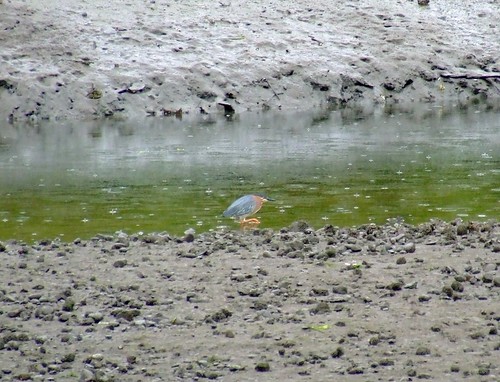
GBH’s little cousin – Green Heron at the estuary
And finally for any Game of Thrones fans out there, a couple of photos that showed up on my download, although a bit blurred reminded me of Daenerys’ flying dragons.

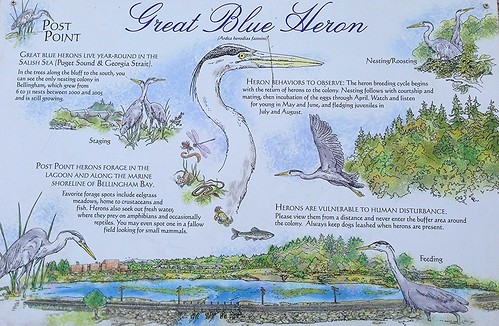
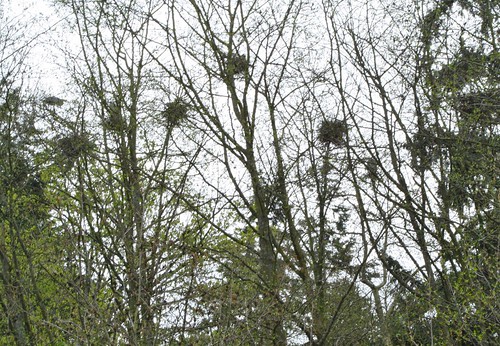
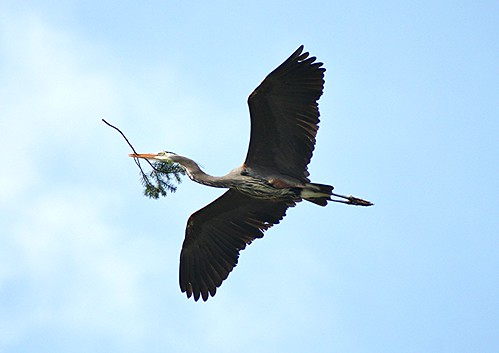
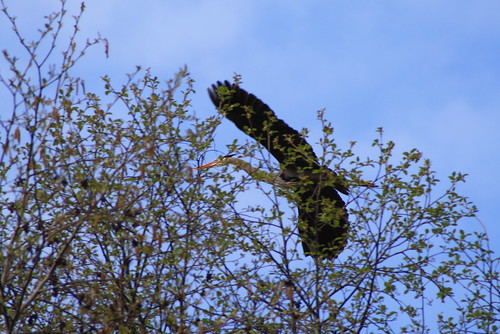

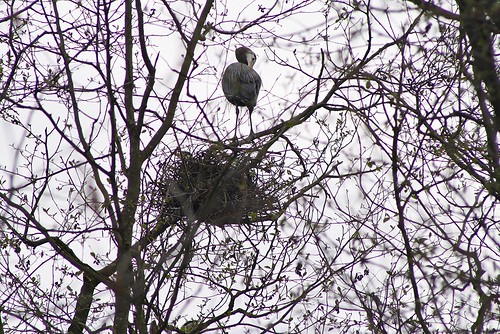
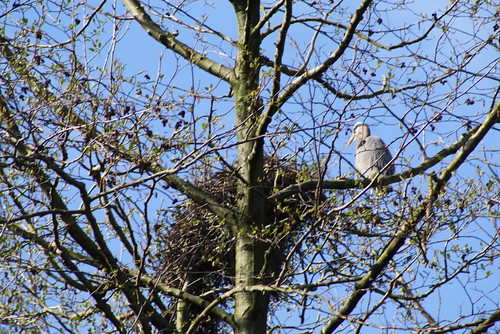

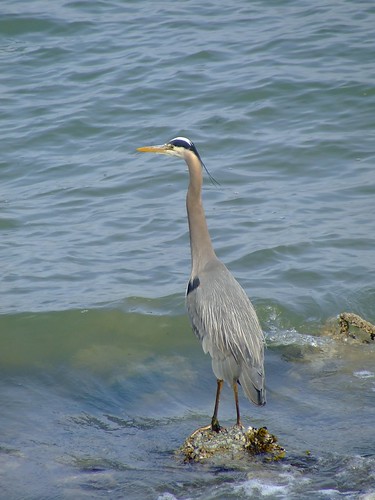
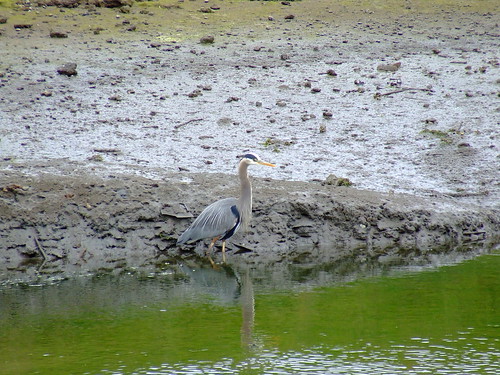
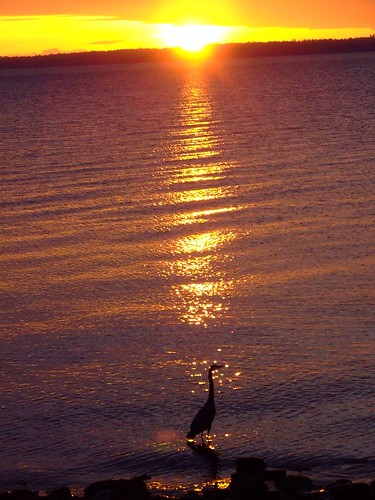
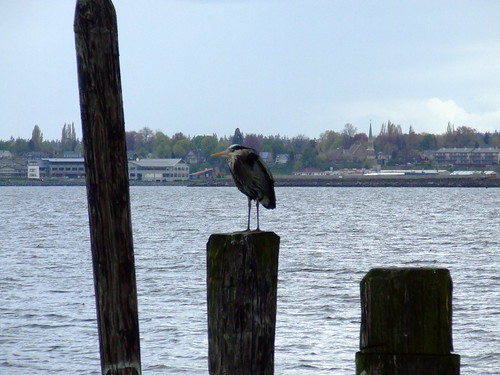
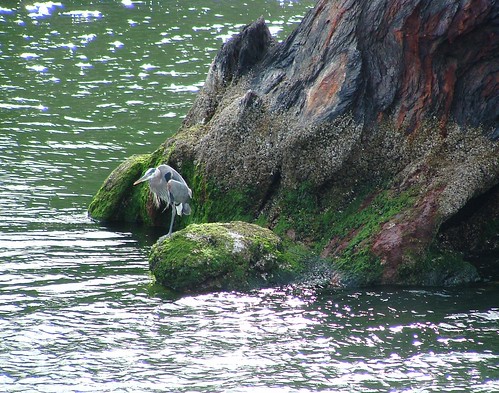
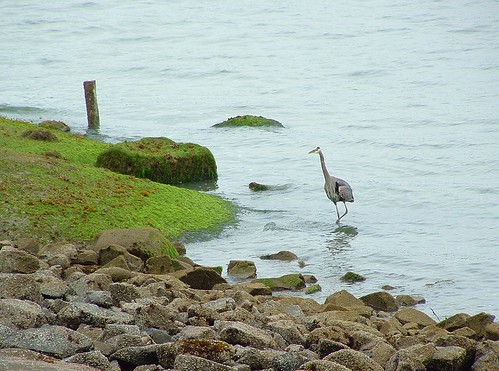
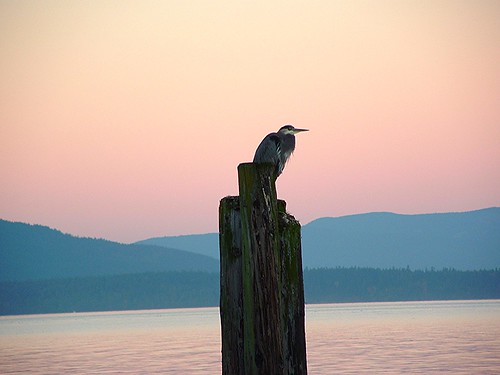


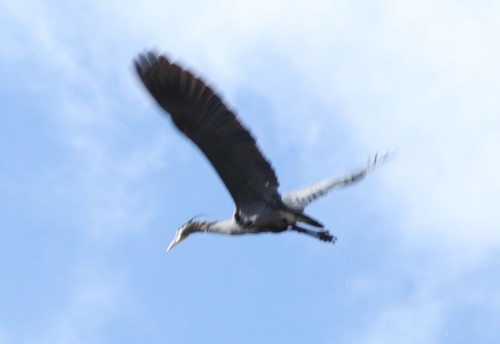
Wonderful diary, RonK, amazing photos! What beautiful birds these are. Thank you so much for this enjoyable essay.
Thanks Diana, I do love to watch them too.
Thank you for re-posting this, RonK! I love the herons and the photos really pop on our new site.
More more!!
Hi Jan,
i think the photos do show better in this format.
Adding my appreciation to those from other Meese. I love herons and these photos are just terrific, Hadn’t realized that they, the herons not the photos, clean themselves like that. Thanks. And as Jan said…..More!
Thanks Portlaw. I hope to have a few more off these in the near future.
That heron photo is pure magic. It really looks great on this site.